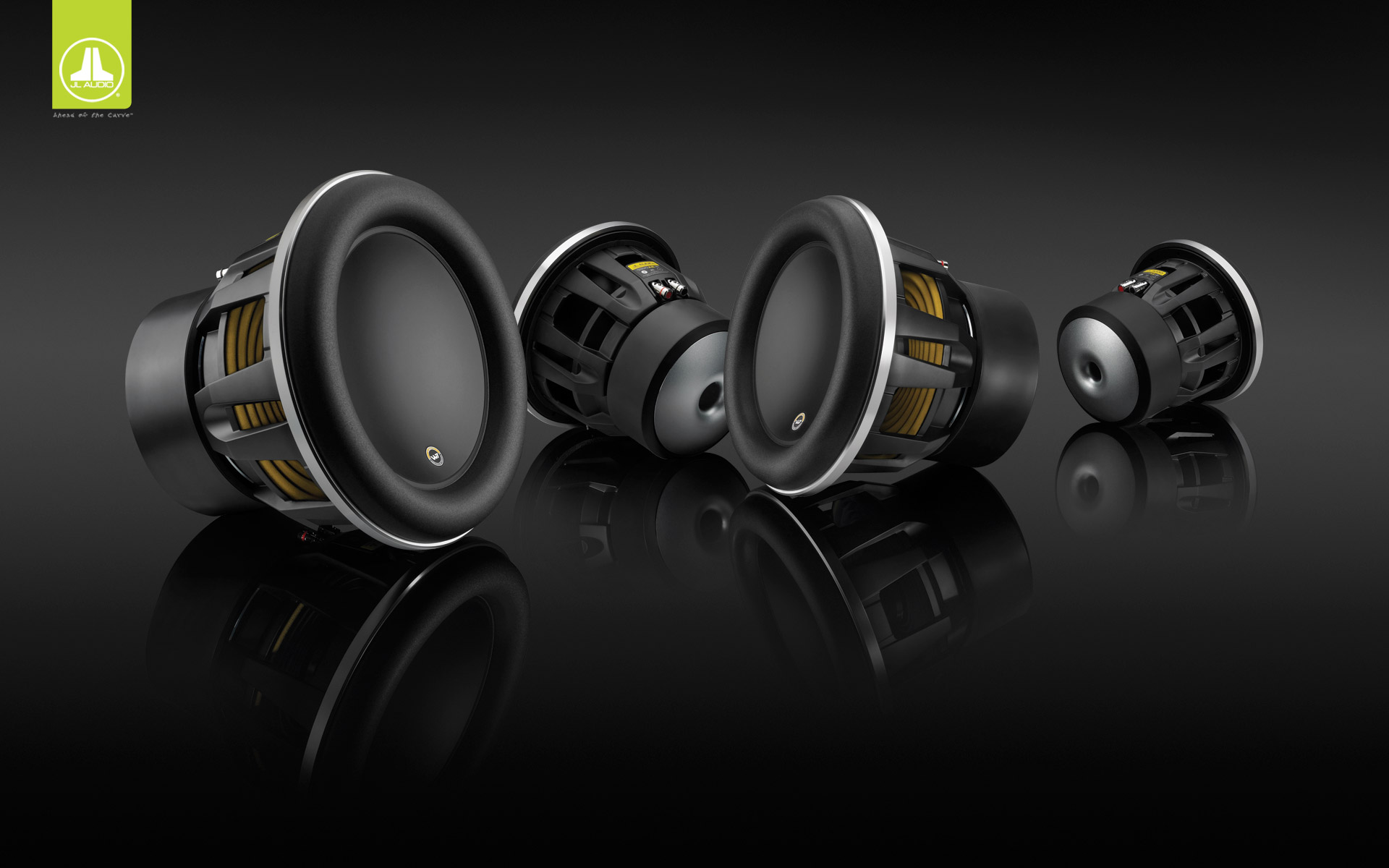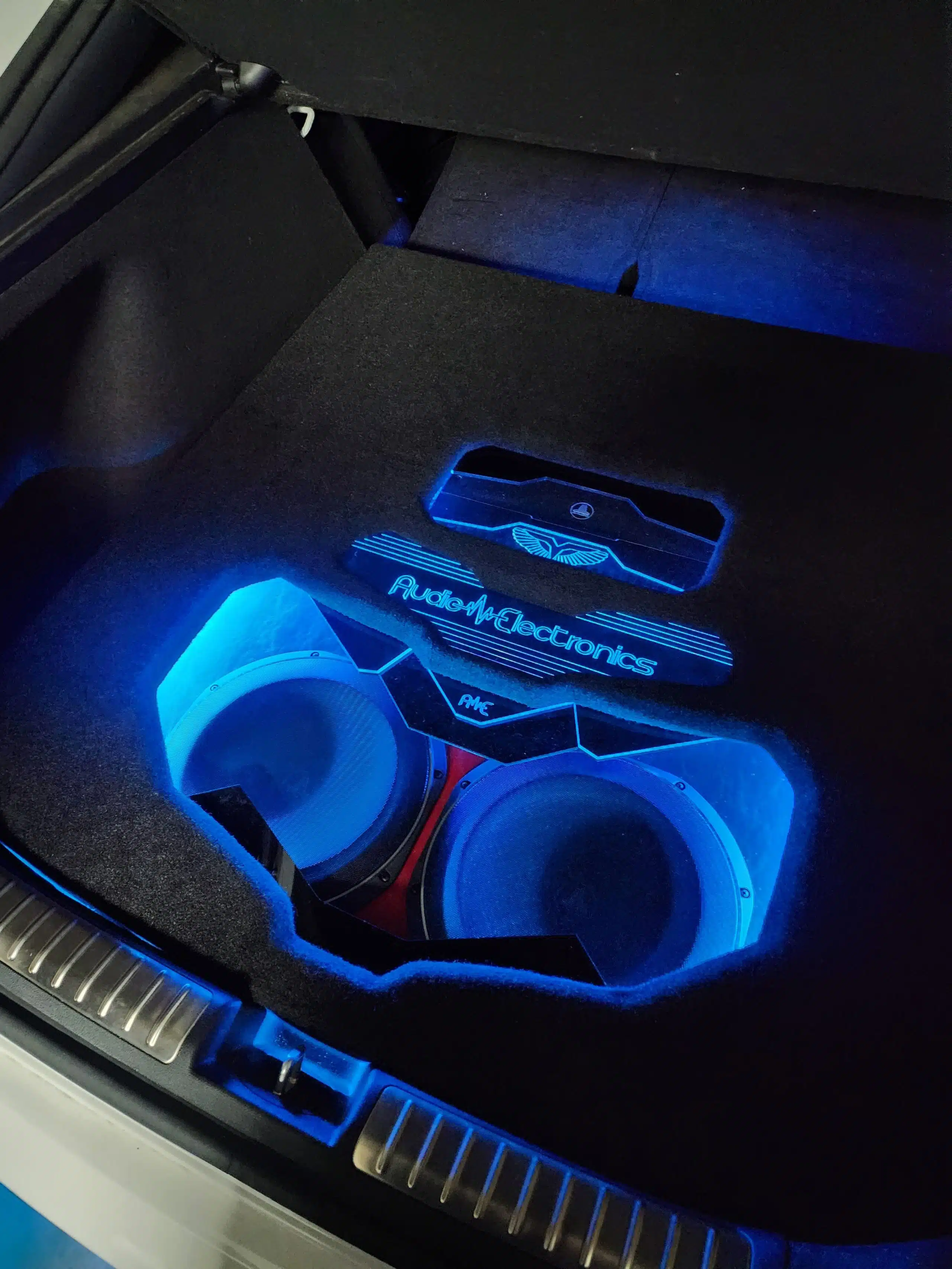From Stock to Rock: The Best Car Audio Upgrades for New Owners
When you drive a new car off the lot, everything feels fresh and exciting—except, perhaps, the sound system. For many car enthusiasts and daily commuters alike, upgrading from stock to rock involves enhancing your ride with a custom car stereo that truly embodies your taste in music. A car audio upgrade not only elevates your in-car entertainment experience but also transforms every drive into a personal concert. This guide will navigate through the best car speakers, car amplifier installation tips, and the perfect car subwoofer choices that will suit any new owner seeking superior sound quality. Whether you’re a seasoned audiophile or a novice looking to improve your daily drive, exploring top car audio brands will help you find the ultimate mix of innovation and performance.
Understanding Car Audio Systems
Before diving into upgrades, it’s crucial to understand the basics of car audio systems. This section will cover the fundamentals, key components, and how to choose the best speakers for your ride.
Basics of Car Audio Upgrade
A car audio upgrade is more than just swapping out a few components. It’s about creating a harmonious system that delivers superior sound quality tailored to your vehicle’s acoustics.
The first step in any upgrade is assessing your current system. What works well? What needs improvement? This evaluation will help you prioritize your upgrades and budget effectively.
Remember, a great car audio system is all about balance. It’s not just about cranking up the bass or maxing out the volume. It’s about achieving clarity, depth, and richness across all frequencies.
When planning your upgrade, consider factors like your car’s interior space, your musical preferences, and how you typically use your audio system. Do you mostly listen to podcasts on your commute, or are you a bass-loving audiophile?
Key Components of Custom Car Stereo
A custom car stereo system comprises several key components, each playing a crucial role in delivering high-quality sound.
-
Head Unit: Often called the receiver, this is the brain of your system. It controls everything from volume to equalizer settings.
-
Speakers: These convert electrical signals into sound waves. They come in various sizes and types, including tweeters for high frequencies and woofers for low frequencies.
-
Amplifier: This boosts the audio signal, allowing your speakers to produce louder, clearer sound.
-
Subwoofer: Designed specifically for low-frequency sounds, a subwoofer adds depth and punch to your music.
Each component needs to work in harmony with the others. A mismatch in power or quality can result in poor sound or even damage to your system.
When selecting components, consider their compatibility with each other and your vehicle. Some cars may require special adapters or mounting brackets for aftermarket components.
Choosing the Best Car Speakers
Selecting the best car speakers involves balancing several factors: sound quality, power handling, sensitivity, and compatibility with your vehicle.
Sound quality is subjective, but generally, you want speakers that can reproduce a wide range of frequencies accurately. Look for speakers with a flat frequency response for the most natural sound reproduction.
Power handling refers to how much power a speaker can handle without distortion or damage. Match this to your amplifier’s output for optimal performance.
Sensitivity measures how efficiently a speaker converts power into sound. Higher sensitivity means louder sound with less power, which can be crucial in a car environment with limited power and space.
Compatibility is key. Ensure the speakers you choose fit your car’s mounting locations and work well with your existing or planned components. Some vehicles may require special mounting adapters or modifications.
Consider your listening preferences too. If you love bass-heavy music, you might prioritize speakers with good low-frequency response or plan to add a subwoofer.
Amplifiers: Powering Your Sound
An amplifier is the powerhouse of your car audio system, boosting the audio signal to drive your speakers. Let’s explore how to install one and the benefits of adding a subwoofer.
Car Amplifier Installation Tips
Installing a car amplifier can significantly improve your audio system’s performance, but it requires careful planning and execution.
-
Choose the right location: The amp should be in a well-ventilated area, away from heat sources and moisture. Common spots include under seats or in the trunk.
-
Ensure proper power supply: Use an appropriate gauge power wire and install a fuse near the battery for safety. The power wire should be routed separately from audio cables to avoid interference.
-
Ground it properly: A solid ground connection is crucial for optimal performance and to prevent noise issues. Find a clean, unpainted metal surface on the car’s chassis for grounding.
Remember to disconnect the car battery before starting the installation to avoid any electrical accidents. If you’re not confident in your DIY skills, consider professional installation.
Benefits of Adding a Car Subwoofer
A car subwoofer can transform your listening experience by reproducing low-frequency sounds that regular speakers can’t handle effectively.
Adding a subwoofer doesn’t just make your music louder—it makes it fuller and more immersive. You’ll hear and feel bass notes that were previously missing, adding depth to your music.
Subwoofers also take the strain off your main speakers. By handling the low frequencies, they allow your other speakers to focus on mid and high frequencies, resulting in clearer overall sound.
When choosing a subwoofer, consider factors like size (which affects bass response and how much space it takes up), power handling, and enclosure type. Each car’s acoustic environment is unique, so what works in one vehicle might not be ideal in another.
Enhancing In-Car Entertainment
Modern car audio isn’t just about music—it’s about creating a comprehensive in-car entertainment experience. Let’s explore how to integrate modern technologies and some popular brands in the market.
Integrating Modern Technologies
Today’s car audio systems go far beyond just playing CDs or radio. They’ve evolved into sophisticated infotainment centers that can enhance your driving experience in numerous ways.
Bluetooth connectivity is now standard in most systems, allowing for hands-free calling and wireless music streaming. This not only improves convenience but also safety while driving.
Many modern head units support smartphone integration through platforms like Apple CarPlay or Android Auto. These allow you to access navigation, messaging, and music apps directly through your car’s display.
Consider features like built-in GPS navigation, voice control, and compatibility with streaming services when upgrading your system. Some advanced systems even offer Wi-Fi hotspot capabilities.
Remember, the goal is to enhance your driving experience without causing distraction. Choose technologies that are intuitive to use and integrate well with your daily routine.
Popular Car Audio Brands

The car audio market is filled with numerous brands, each offering unique features and sound signatures. Here’s a quick overview of some popular options:
-
Alpine: Known for high-quality sound and innovative features
-
Pioneer: Offers a wide range of products from entry-level to high-end
-
JL Audio: Renowned for their subwoofers and amplifiers
-
Kenwood: Provides reliable, feature-rich head units and speakers
-
Focal: High-end brand favored by audiophiles for exceptional sound quality
When choosing a brand, consider factors like:
-
Sound quality
-
Build quality and durability
-
Features offered
-
Compatibility with your vehicle
-
Customer support and warranty
Remember, the “best” brand often depends on your specific needs, preferences, and budget. Don’t hesitate to mix and match components from different brands to create your ideal system.
Installation and Maintenance
Once you’ve chosen your components, it’s time to think about installation and long-term maintenance. Let’s explore the pros and cons of DIY versus professional installation, and how to keep your system in top shape.
DIY vs Professional Installation
Deciding between DIY and professional installation depends on your skills, tools, and the complexity of your upgrade.
DIY Installation:
Pros:
-
Cost savings
-
Personal satisfaction
-
Deeper understanding of your system
Cons:
-
Risk of mistakes or damage
-
Time-consuming
-
May void warranties if done incorrectly
Professional Installation:
Pros:
-
Expertise and experience
-
Proper tools and equipment
-
Warranty on workmanship
Cons:
-
Higher cost
-
Less control over the process
If you’re comfortable with car electronics and have the necessary tools, simple upgrades like replacing speakers might be suitable for DIY. However, for complex installations involving amplifiers, subwoofers, or custom work, professional installation is often worth the investment.
Maintaining Your Car Audio Setup
Proper maintenance can extend the life of your car audio system and ensure optimal performance over time.
-
Keep it clean: Dust and debris can affect sound quality and component lifespan. Regularly clean your head unit, speakers, and other visible components.
-
Protect from extreme temperatures: Extreme heat or cold can damage audio components. If possible, park in shaded areas or use a sunshade.
-
Use your system responsibly: Avoid playing music at maximum volume for extended periods, as this can strain and potentially damage your components.
-
Check connections periodically: Loose connections can cause sound issues or even component failure. Periodically check and tighten connections, especially after driving on rough roads.
-
Update software: If your head unit supports it, keep its software updated to ensure you have the latest features and bug fixes.
Remember, a well-maintained system not only sounds better but also retains its value better if you ever decide to upgrade or sell your vehicle.

